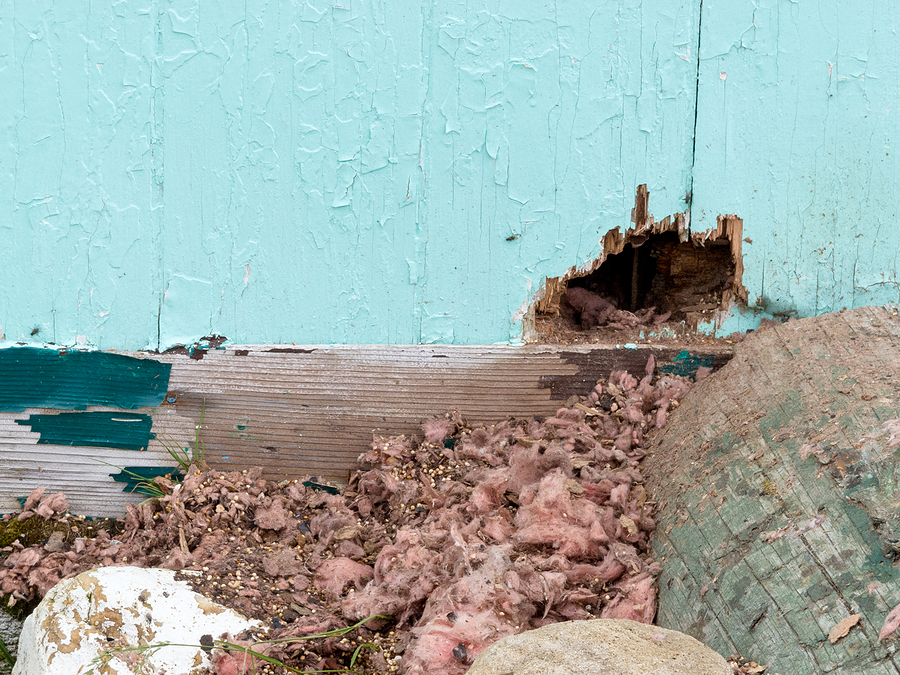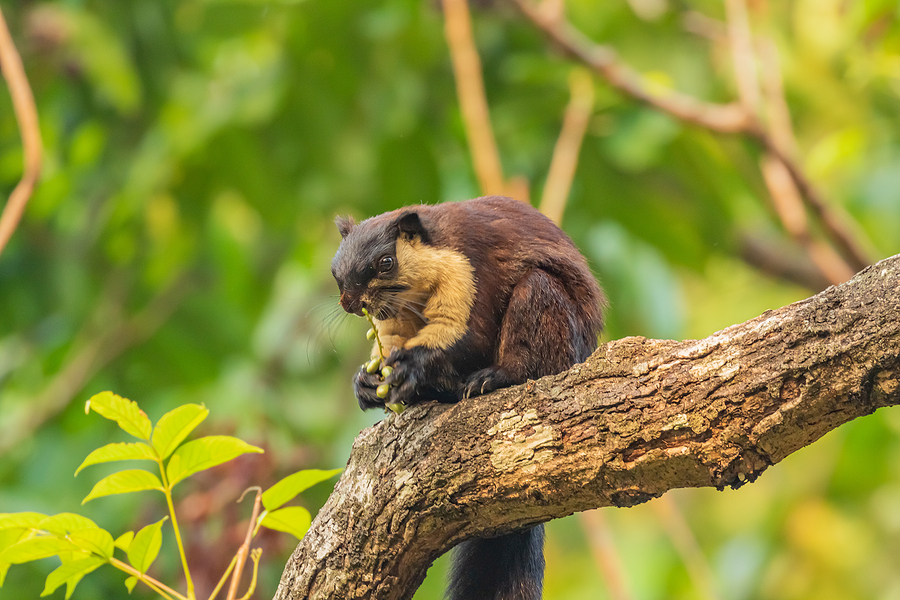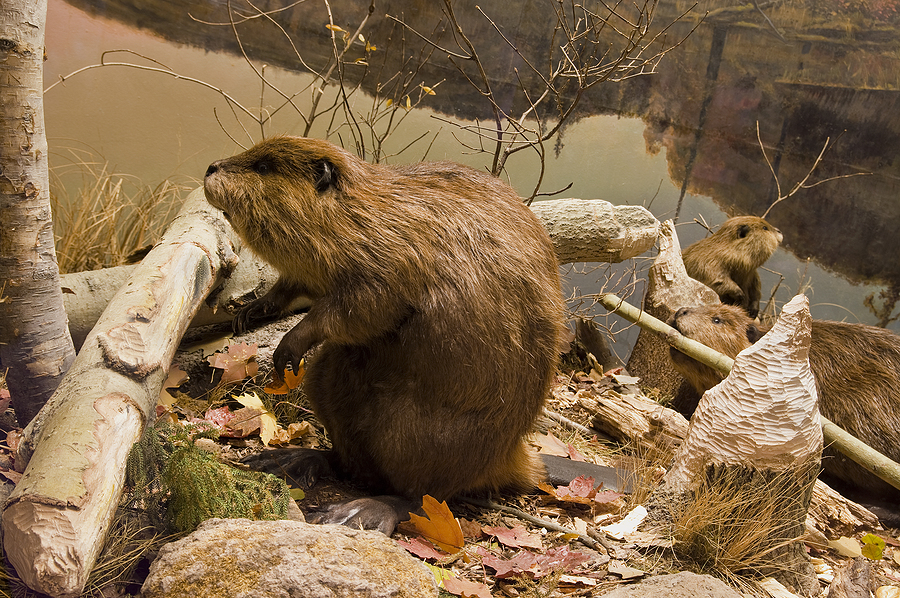Virginia is a state blessed with an abundance of natural beauty and diverse wildlife. From the majestic Blue Ridge Mountains to the serene Chesapeake Bay, it’s a haven for nature enthusiasts and wildlife advocates alike. For many Virginia residents, the idea of feeding wildlife around their property is alluring, as it promises a closer connection with nature and the joy of observing animals up close.
However, this practice comes with its own set of pros and cons, and it is crucial to weigh them carefully before deciding to feed wildlife in your backyard. In this blog post, we strive to offer a balanced perspective on the topic to assist you in making an informed decision. Keep reading to begin!

The Tempting Pros of Feeding Wildlife
Feeding wildlife can be an enchanting experience for those who cherish the beauty of the natural world. One of the significant advantages is the opportunity to bond with nature and witness the wonder of wildlife from the comfort of your home. Watching deer graze or birds flit about can bring immense joy and a sense of serenity. For nature enthusiasts, these moments create cherished memories and foster a deeper appreciation for the environment.
Another benefit is contributing to the health and well-being of local animal populations. During harsh winters or droughts, supplemental feeding can provide essential nutrients and sustenance to wildlife that may struggle to find food. This act of kindness can help animals survive in challenging conditions and support their overall health.
Additionally, feeding wildlife can enhance the natural ecosystem around your property. By attracting diverse species, you can encourage a balanced ecosystem where different animals interact positively. Birds and bats, for example, can help control insect populations, while small mammals like gophers contribute to soil aeration. This symbiotic relationship can enrich the biodiversity of your surroundings, making your property a thriving hub of life.
The Cons of Feeding Wildlife You Must Consider
Despite the appealing benefits, feeding wildlife can have negative effects on wildlife behavior and population dynamics. When animals become reliant on human-provided food, they may lose their natural foraging instincts and become dependent on handouts. This can lead to overcrowding, increased competition for resources, and even aggressive behavior among animals. Disrupting their natural behaviors can ultimately harm their ability to survive in the wild.
There are also health and safety risks associated with feeding wildlife. Close contact with animals increases the risk of spreading diseases, both to the wildlife and to humans. Pathogens can be transmitted through direct contact or contaminated food sources, endangering both wildlife populations and the people who feed them. Additionally, some animals, especially larger ones like bears, can become habituated to humans and pose safety threats to residents.
Legal and moral considerations also play a role in the decision to feed wildlife. In Virginia, there are regulations governing wildlife feeding, and violating these laws can result in fines or other penalties. It is important to understand and respect these legal guidelines to ensure both human and animal safety. From a moral standpoint, it’s essential to consider whether feeding wildlife is genuinely beneficial or if it could inadvertently harm the animals we seek to help.
Best Practices for Ethical Wildlife Interaction
For those who want to enjoy wildlife without the potential downsides of direct feeding, there are ethical alternatives. One of the best practices is to simply observe and appreciate wildlife from a distance. Investing in a good pair of binoculars or setting up a camera trap can provide rewarding wildlife experiences without disrupting their natural behavior.
Creating wildlife-friendly habitats on your property is another excellent way to support local fauna. Planting native species, providing water sources, and maintaining natural shelters like brush piles or dead trees can attract wildlife naturally. These efforts promote biodiversity and offer sustenance without causing dependence on human intervention.
Respecting legal guidelines and ethical principles is paramount when engaging with wildlife. Familiarize yourself with Virginia’s laws regarding wildlife feeding and adhere to them diligently. Additionally, seek to understand the ecological impact of your actions and prioritize the well-being of the animals. By fostering an environment where wildlife can thrive independently, you contribute to a healthier ecosystem.
How to Prevent Nuisance Wildlife Tampering and Intrusions
A common concern with feeding wildlife is the potential for nuisance animals to invade your property. Wild animals, such as raccoons, squirrels, skunks, opossums, and even larger mammals like deer and coyotes, have natural instincts that drive them to seek food and shelter wherever they can find it. When these animals become accustomed to being fed by humans, they often lose their natural wariness and may venture into human-inhabited areas more frequently, which can lead to conflicts and safety issues.
To prevent these unwanted visitors from becoming a problem, it’s crucial to practice responsible waste management by securely storing garbage and compost. Additionally, ensure that any potential entry points into your home, such as vents, chimneys, and small openings around doors and windows, are properly sealed. These efforts not only help protect your property but also encourage wildlife to rely on their natural food sources, maintaining the delicate balance of the ecosystem.
If you do encounter nuisance wildlife on your property, do not attempt to handle it yourself. Contact a licensed wildlife control professional who can safely remove the animal without causing harm or distress.
Conclusion
In Virginia, living alongside wildlife offers an incredible opportunity to connect with nature. However, responsible interaction is key. We must balance our desire to engage with wildlife with the need to protect their natural behaviors and habitats. By considering the pros and cons of feeding wildlife and opting for ethical interactions, we can enjoy the beauty of the natural world while ensuring its preservation for future generations.
While it can be tempting to offer food to wildlife, the best course of action is to create a supportive environment where they can thrive autonomously. For those uncertain about the best practices or facing challenges with wildlife management, consulting a licensed wildlife control professional can provide valuable guidance and ensure both safety and conservation.
Are you dealing with nuisance wildlife threats around your home or business? Contact Virginia Wildlife Pros at 804-292-0156 for professional animal removal and control in Richmond, or its surrounding towns. We serve residential and commercial customers with free quotes, free advice, and quality work.
Related Posts:
Bracing for Winter: Your Guide to Animal-Proofing in Virginia
Nature in Balance: Ethical Approaches to Wildlife Control
The Importance of Professional Wildlife Removal and Control Service









